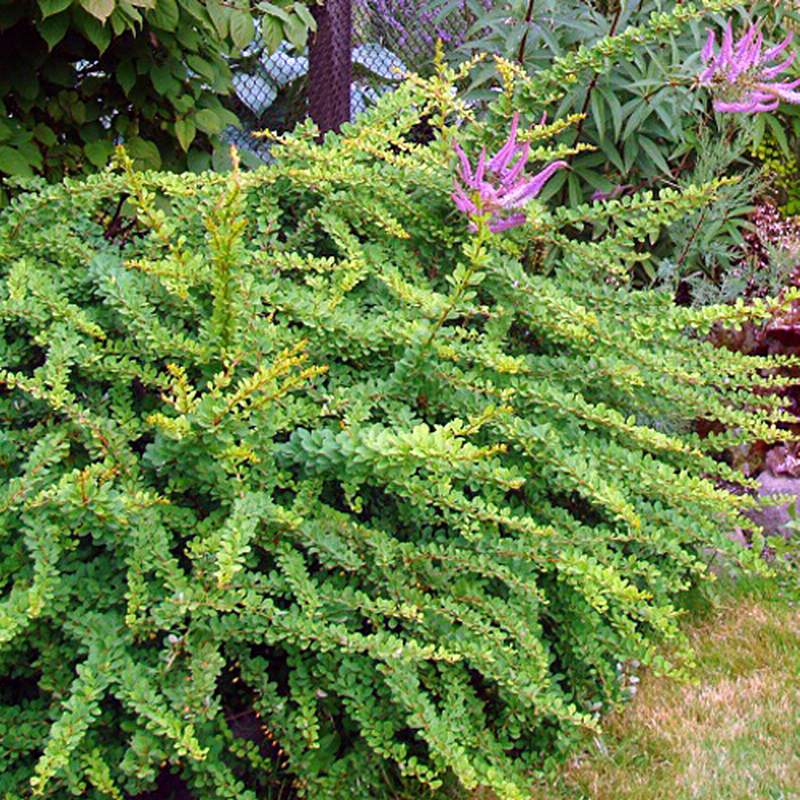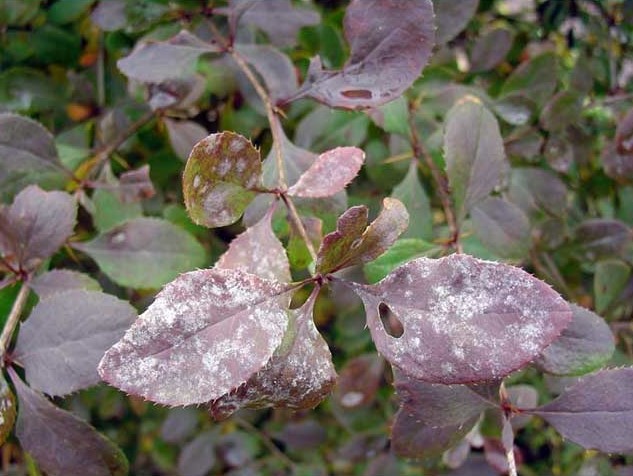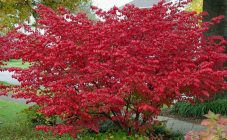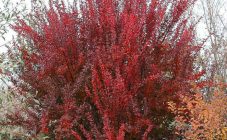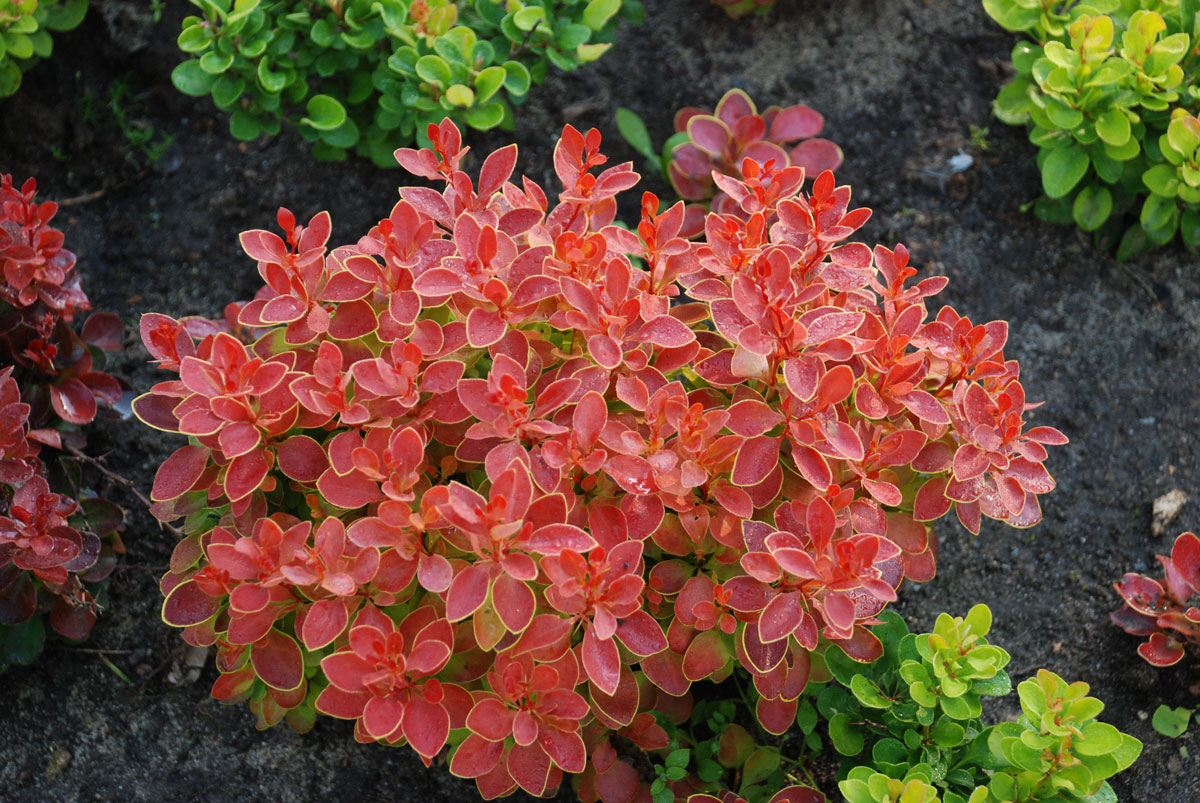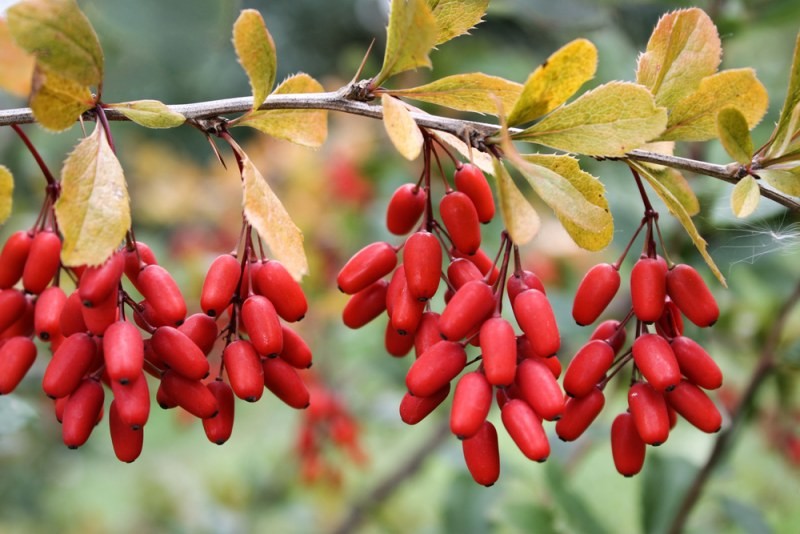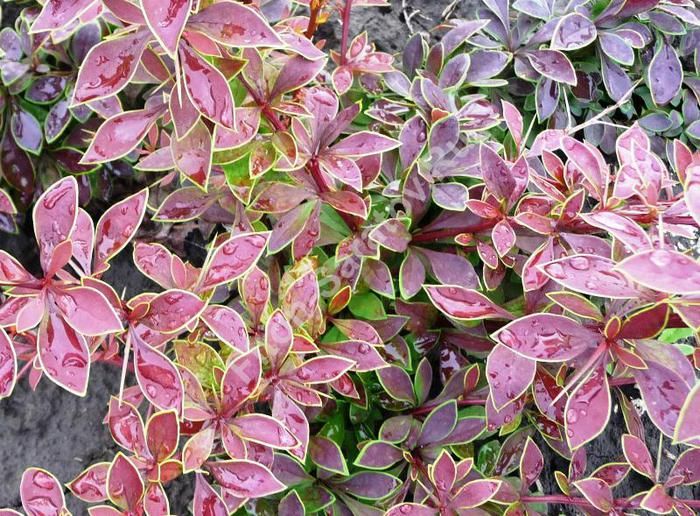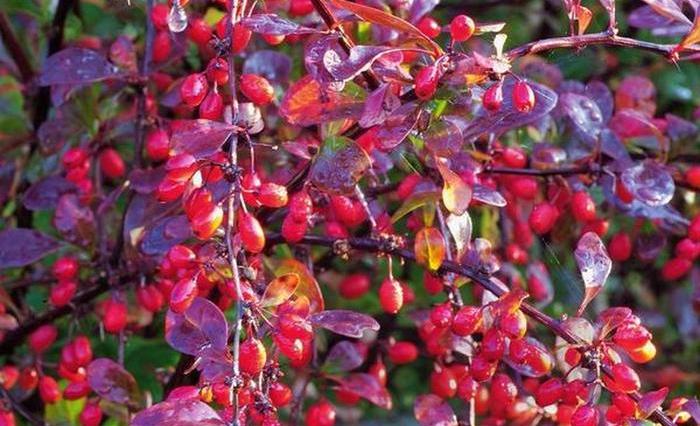Content:
The wonderful Green Carpet barberry can decorate any site. It attracts attention with its lush crown, chaotically growing.
For the first time the variety was obtained experimentally in Holland in 1965. The result is an unassuming barberry that can withstand drought and does not suffer from lack of watering.
Characteristics and features of the variety
The green carpet tunberg barberry is a deciduous shrub with a cushion-shaped crown with a slow growth rate. In the adult state, the crown diameter is 1.5 m, the plant height can reach 1 m. This shrub is famous for its durability, it can develop for 50 years. The bark on the trunk of a tree is yellow-brown in color. Abundant flowering begins in late May - early June. In the inflorescences, single flowers are collected in several pieces, yellow in the inside, and red outside. After the end of flowering, fruits of an oblong shape, pink or red, begin to ripen; vision begins in September. After the leaves fall off during the cool period, beautiful fruits adorn the bare trunk, remaining throughout the winter.
Barberry Thunberg Green Carpet is a light-requiring variety, able to withstand light partial shade. This type of barberry is attractive because it withstands drought and intense heat. It is unpretentious to soil fertility, but prefers alkaline soils, does not tolerate stagnant moisture. It perfectly tolerates the conditions of urban gas pollution. Barberry is resistant to many common plant diseases. It is winter-hardy, but it can freeze under severe frosts.
The spreading barberry responds well to the introduction of replenishing compounds. High-quality humus, good compost, selected humus are suitable for these purposes. During planting, for the convenience of watering and feeding, near-stem holes are formed for barberry.
Green carpet barberry is a compact shrub, the size of which can reach 1 m, the maximum diameter of the spreading cushion crown is 1.5 m. This species belongs to the Barberry family. The shape of the shrub is wide, flattened, the color of the bark is brownish-yellow. Beautiful bloom begins in late spring May - early June. The flowers of the variety are single or collected in large inflorescences. The color of the flowers is bright yellow inside and red outside. Fruits are pink or red, ripen in September, continuing to decorate bare branches throughout the winter. Such a tree will become the highlight of the garden in winter. This is a general description of a perennial that every gardener studies before starting growing.
Features of growing varieties
For landing, choose open places or light partial shade. They are planted in a ready-made mixture: sod land, high-quality humus, sifted river sand. A comfortable acidity level is 6.0-7.5. If planted in soil with high acidity, then liming is necessary here - 300-400 g. If the perennial is placed in partial shade, then there is a risk of losing color. At the same time, they make sure that the root collar is on the damage of the soil.
Old bushes are carefully thinned out in the spring. When used in landscape design, a hedge of barberries is cut off in the second year after planting, at the end of a hot summer, up to 2/3 of the entire ground part is cut off.Sunny, sheltered from the wind, ideal for growing beautiful barberry. Sanitary pruning is performed annually, it consists in removing weak shoots. The variety is resistant to destructive diseases and pests.
Experienced designers use unassuming barberries in single plantings, in group plantings, in tree and shrub compositions, in growing hedges and light borders.
Pest control
Eternal perennials provide protection from aphids and pydesin. To protect the bush from barberry aphids, effective insecticides are used. Aphids are eliminated as a result of preventive spraying with effective solutions. Aphid attacks lead to wrinkling of the leaves, as a result, the decorativeness of the perennial deteriorates.
No less dangerous is barberry bacteriosis caused by the pathogen pseudomonas. These carriers can cause bacterial plant cancer, which is characterized by cracks. Rapid pruning of damaged branches can stop the spread of destructive diseases. In this case, no solutions have the desired effect. You should not allow the spread of dangerous diseases so as not to lose the evergreen perennial.
Advantages and disadvantages of the variety
Gardeners prefer to grow beautiful barberry on their site, thanks to the following advantages:
- Decorative - it looks beautiful even green among perennials in the garden;
- The compactness of the bush, the excellent shape of the crown is just ideal for use in landscape design;
- Due to the powerful developed root system, the perennial is planted on sandy slopes in order to strengthen the slopes;
- Frost resistance of the species, but at low temperatures the tops of the tree can freeze;
- Stably withstands the conditions of urban gas pollution;
- Drought-resistant variety, does not require watering at the time of intense heat;
- Reacts well to formative and sanitary pruning;
- It is resistant to common diseases: harmful powdery mildew and rust.
As a minus, the following quality of persistent barberry is noted - the thorniness of the variety, which creates certain inconveniences during cultivation, due to which there are difficulties with harvesting fruits, pruning.
